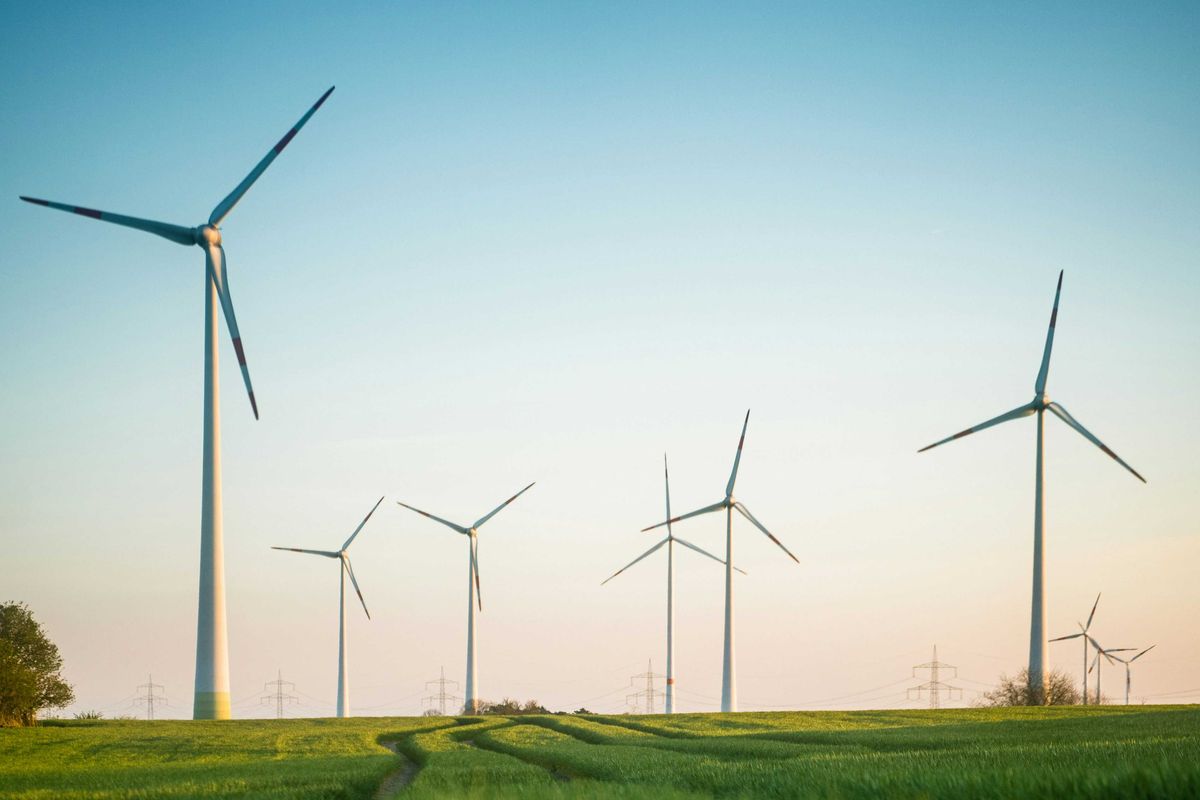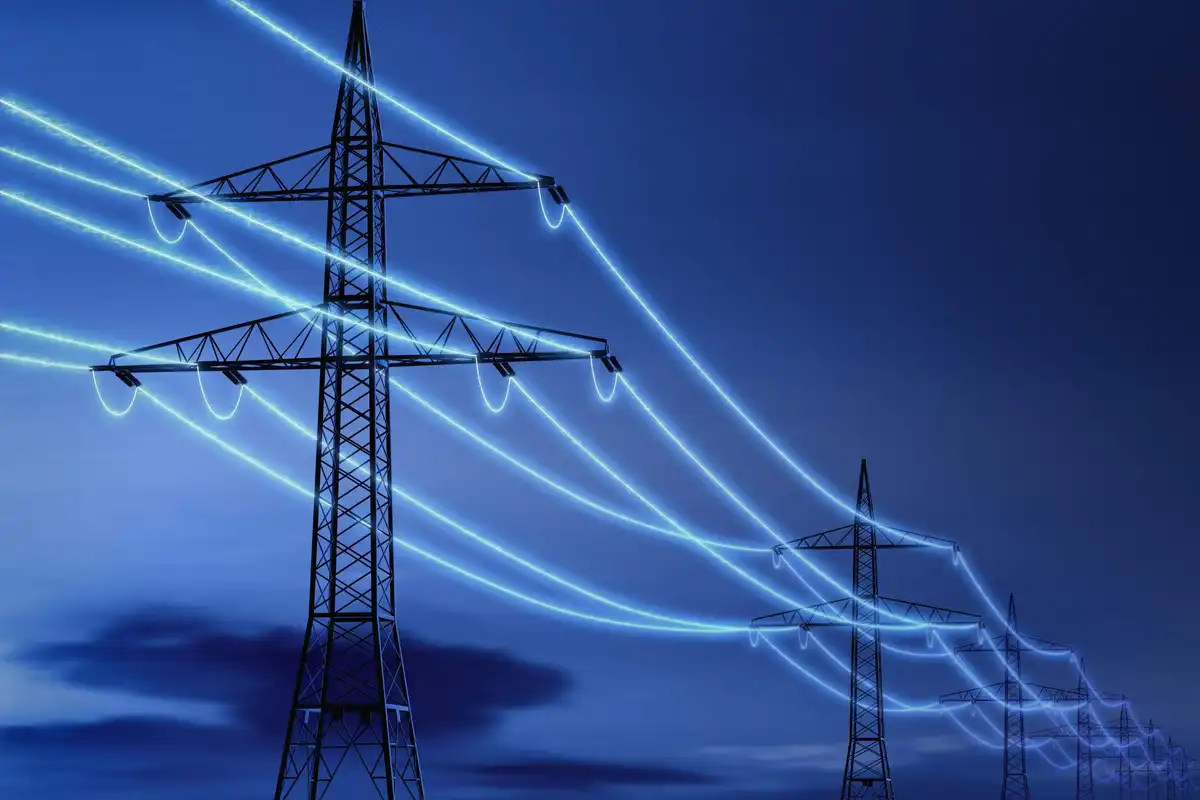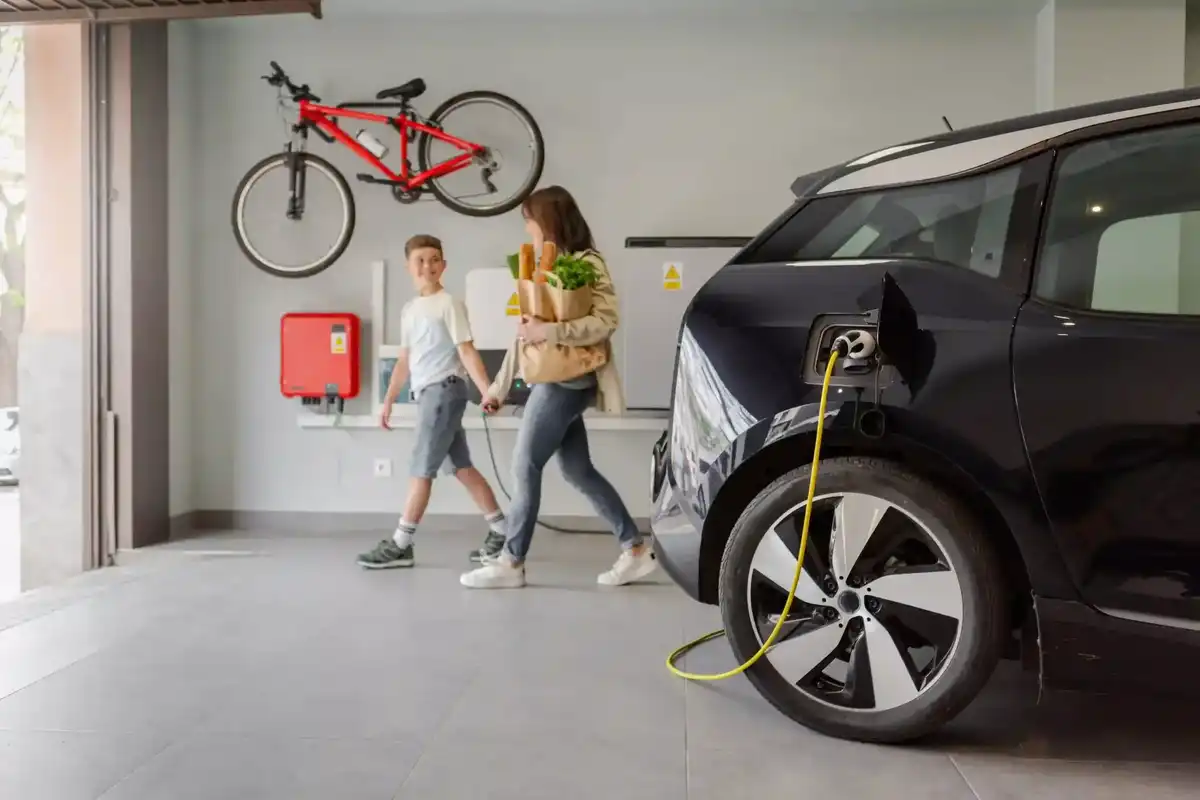The U.S. Department of Energy has proposed cutting $1.2 billion in funding for the HyVelocity Gulf Coast Hydrogen Hub, a clean energy project backed by AES, Air Liquide, Chevron, ExxonMobil, Mitsubishi Power Americas and Ørsted.
The HyVelocity project, which would produce clean hydrogen, appears on a new list of proposed DOE funding cancellations. The list was obtained by Latitude Media.
As of November, HyVelocity had already received $22 million of the potential $1.2 billion in DOE funding.
Other than the six main corporate backers, supporters of HyVelocity include the Center for Houston’s Future, Houston Advanced Research Center, Port Houston, University of Texas at Austin, Shell, the Texas governor’s office, Texas congressional delegation, and the City of Fort Worth.
Kristine Cone, a spokeswoman for GTI Energy, the hub’s administrator, told EnergyCapital that it hadn’t gotten an update from DOE about the hub’s status.
The list also shows the Magnolia Sequestration Hub in Louisiana, being developed by Occidental Petroleum subsidiary 1PointFive, could lose nearly $19.8 million in federal funding and the subsidiary’s South Texas Direct Air Capture (DAC) Hub on the King Ranch in Kleberg County could lose $50 million. In September, 1Point5 announced the $50 million award for its South Texas hub would be the first installment of up to $500 million in federal funding for the project.
Other possible DOE funding losses for Houston-area companies on the list include:
- A little over $100 million earmarked for Houston-based BP Carbon Solutions to develop carbon storage projects
- $100 million earmarked for Dow to produce battery-grade solvents for lithium-ion batteries. Dow operates chemical plants in Deer Park and LaPorte
- $39 million earmarked for Daikin Comfort Technologies North America to produce energy-efficient heat pumps. The HVAC company operates the Daikin Texas Technology Park in Waller
- Nearly $6 million earmarked for Houston-based Baker Hughes Energy Transition to reduce methane emissions from flares
- $3 million earmarked for Spring-based Chevron to explore development of a DAC hub in Northern California
- Nearly $2.9 million earmarked for Houston-based geothermal energy startup Fervo Energy’s geothermal plant in Utah








 Air Liquide and Hyundai agreed to expand hydrogen refuelling networks, storage capacity and more at a meeting in Seoul last week. Photo courtesy Air Liquide.
Air Liquide and Hyundai agreed to expand hydrogen refuelling networks, storage capacity and more at a meeting in Seoul last week. Photo courtesy Air Liquide.
